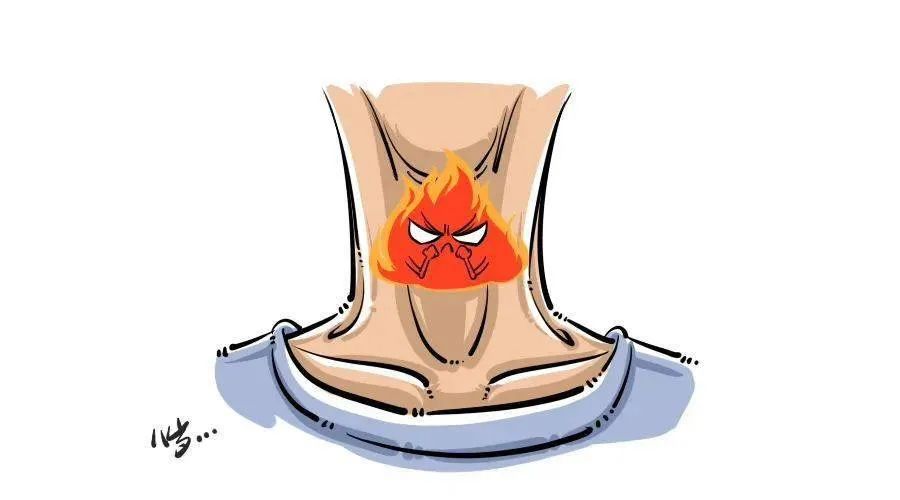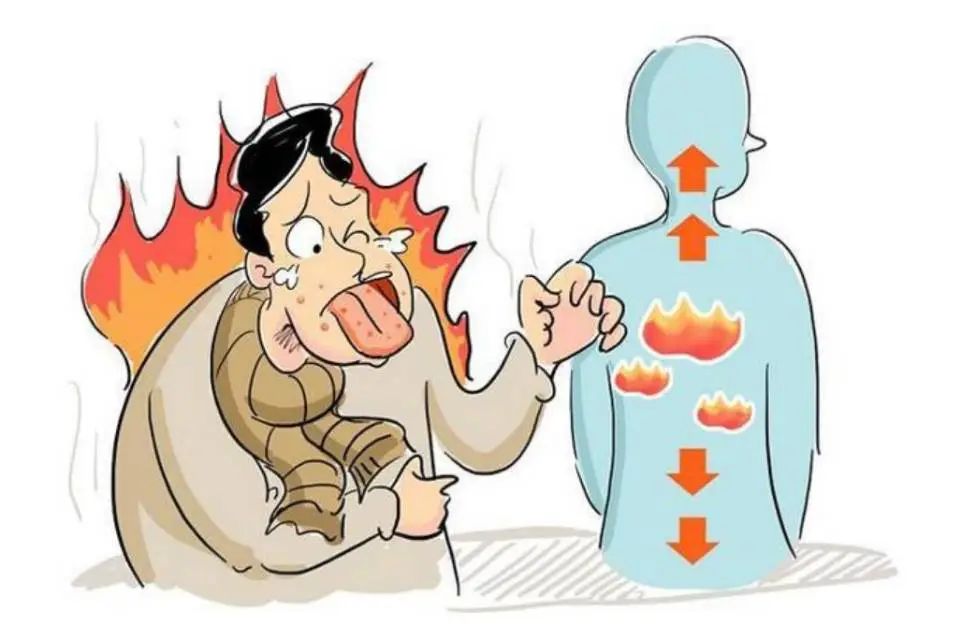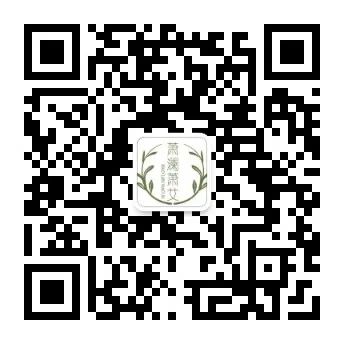In daily life, experiencing heat after moxibustion is indeed a common phenomenon, especially in the early stages of moxibustion therapy. From the perspective of Traditional Chinese Medicine (TCM), this “heat” reaction is not necessarily a bad thing; it may be a normal response of the body during the adjustment and disease elimination process. The following is a detailed explanation of the reasons for heat after moxibustion and how to cope with it from the perspective of TCM theory.

The essence of heat after moxibustion is usually the process of the body’s yang energy being mobilized to fight against pathogenic factors. In fact, this is a manifestation of the body’s self-repair and adjustment. TCM believes that moxibustion, through thermal stimulation, can invigorate the body’s yang energy, promote the circulation of qi and blood, and accelerate the expulsion of pathogenic factors. During this process, due to a temporary imbalance of yin and yang, some disease elimination reactions may occur, such as heat, diarrhea, or exacerbation of symptoms. These reactions are usually temporary and will gradually disappear as the body adjusts and repairs itself.
So, which groups of people are more likely to experience heat after moxibustion? There are mainly two types: one is those with a constitution of excess heat and deficiency of cold, who often exhibit signs of heat but may also feel cold and have cold hands and feet, especially in the feet. This group usually has poor spleen and stomach function and may also suffer from poor digestion and absorption; the second group consists of those with severe deficiency of qi and blood, who may feel fatigued even with slight exercise, typically belonging to a dual deficiency constitution.
The reactions of heat after moxibustion can vary widely, mainly including heart fire, lung fire, stomach fire, liver fire, and kidney fire. Heart fire can be divided into deficiency and excess types; deficiency fire may manifest as low fever, night sweats, irritability, and dry mouth, while excess fire may present as recurrent oral ulcers, swollen gums, and dark, scanty urine. Lung fire may manifest as dry cough with little phlegm, sore throat, and hoarseness.
Stomach fire also has deficiency and excess types; deficiency fire may present as mild cough and reduced appetite, while excess fire may manifest as discomfort in the upper abdomen and dry, bitter mouth. Those with excessive liver fire may experience emotional agitation, along with dry mouth, bitter taste, and bad breath. Kidney fire may manifest as dizziness, tinnitus, and hearing loss.

In response to the heat reaction after moxibustion, we need not panic; we can take a series of measures to help alleviate it. First, controlling the amount of moxibustion is key, which means reducing the duration of moxibustion to avoid excessive yang energy. Secondly, we can stimulate cooling points to harmonize yin and yang:
1. Heart cooling points: Xiao Hai (Small Sea), Qu Ze (Crooked Marsh);
2. Lung cooling points: Chi Ze (Cubital Marsh), Yu Ji (Fish Border);
3. Stomach and intestine cooling points: Qu Chi (Crooked Pond), He Gu (Union Valley), Nei Ting (Inner Court);
4. Liver and gallbladder cooling points: Yang Ling Quan (Yang Mound Spring), Tai Chong (Great Surge), Xing Jian (Moving Between);
In addition, tonifying the middle and benefiting qi, as well as guiding fire downward, are also important adjustment methods. During moxibustion, it is recommended to reduce the moxibustion on the upper body points and focus on moxibustion at points such as Bai Liao (Eight Crevices), Zu San Li (Leg Three Miles), and Yong Quan (Gushing Spring) to open the meridians from top to bottom and guide the yang energy downward. After half an hour of moxibustion, soaking the feet in mugwort leaves or salt water can further promote the circulation of qi and blood and balance yin and yang. Additionally, drinking warm water before moxibustion can help alleviate heat issues, especially if one drinks water boiled with a moderate amount of Mai Dong (Ophiopogon) and Shu Di (Rehmannia).
In daily life, individuals who experience heat after moxibustion should pay attention to appropriately adjusting their lifestyle. They should balance work and rest, avoiding excessive fatigue; in terms of diet, they should minimize spicy and fried foods that can easily generate internal heat, and increase the intake of fresh vegetables and fruits to replenish the body’s vitamins and minerals. Maintaining a regular schedule and a positive, optimistic mindset is also very important, as this helps promote overall recovery and balance in the body.
Furthermore, the issue of heat after moxibustion can also be alleviated through other methods. For example, engaging in appropriate physical exercise can enhance physical fitness and immunity; maintaining emotional stability and avoiding excessive emotional fluctuations that may exacerbate heat symptoms is crucial; regular health check-ups to understand one’s physical condition and take corresponding measures are also very important. Through these comprehensive adjustments, one can better alleviate the heat reaction after moxibustion and help the body restore a healthy state.
Reference article:
https://mp.weixin.qq.com/s/qAq51YGA3jYAGwo_axG6-w
(Friendly reminder: This article is for reference only. TCM emphasizes syndrome differentiation and treatment, focusing on adjustment. If you feel unwell, please seek medical attention promptly to avoid delaying treatment.)
[Some images, text, and data are sourced from the internet, and the copyright belongs to the original authors. If there is any infringement, please inform us for deletion]
 XiaoLanXiaoAiScan to follow us
XiaoLanXiaoAiScan to follow us

